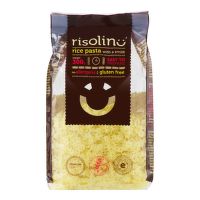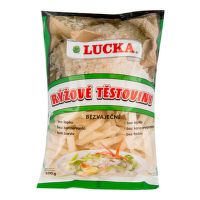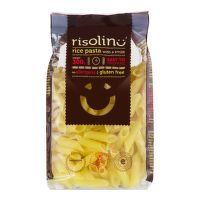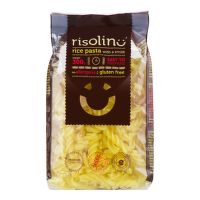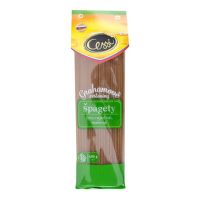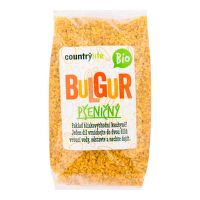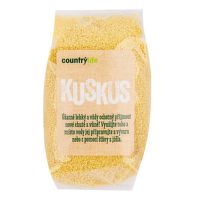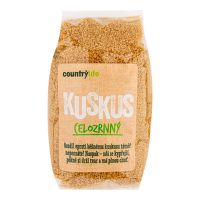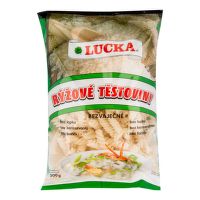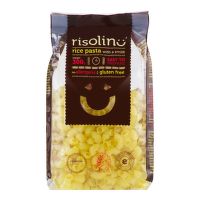Description
Use:
- Side dish - you can use this more exotic option instead of regular pasta, do not be afraid of combining couscous with legumes as well
- Risotto - mix couscous with your favourite vegetables, tofu or mushrooms
- Salads - couscous tastes great along with fresh vegetables and can therefore become a fresh summer dish
- Pastina - couscous can be used as a regular pastina for soups
- Sweet option - you will make couscous a tasty sweet dish if prepared with a syrup, fruit, nuts and cream
Regular couscous does not have to be cooked, you can just pour double the amount of water over it and leave under the lid for 10 more minutes. Stir with a fork occasionally.
The name couscous originally comes from Arabic, because it is a traditional North African meal. Over time, it has spread throughout the whole world. Couscous is cooked and into little balls formed semolina. Wheat, millet and barley are used for the production of couscous. It is often confused with bulgur, bulgur, however, is not made from semolina, but from wheat groats.
Organic food always goes through a system of checks and certifications that ensures their quality and enables them to bear this designation. Their organic quality is particularly appreciated by people with an interest in organic farming and a sustainable farming system.
Composition
Coarsely ground wholegrain WHEAT semolina.* May contain traces of peanuts, soybeans, other nuts and sesame. *product of controlled organic farmingAlergens
Gluten
Storage
Store in a dry and cool place. Do not expose to direct sunlight.





